As Peter Drucker is famously quoted: “Culture eats strategy for breakfast” and like all terrific definitive statements, concepts, models and theories, we at Cornerstone agree as well as holding to the ‘truth’ that all things are only partially true.
As far as the research data goes, culture eating strategy for breakfast does hold some weight. The business case for the impact of culture on delivering strategy and performance is solid and water tight. The Hay Group (now Korn Ferry Hay) has over three decades of research, (initially conducted by David McClelland and later published by Daniel Goleman) clearly demonstrating that if organisations want results, the place to leverage this is culture or climate – up to 30% of the variance in results is directly attributable to culture. (And the single biggest impact on culture –up to a whopping 80% of the variance – is leadership. But that’s for another blog another time).
The upshot is, if you want to improve results in your organisation, culture is the place to leverage this. In Google Land there are probably as many definitions of culture as there are stars in the sky. In some definitions you’ll find references to patterns of beliefs, behaviours, rituals, artefacts, common vernacular and complex sub-conscious / unconscious processes. We like the simplest definition -although you’ll also see from our last blog that we are no slouches when it comes to the complex and deep theoretical base upon which the Integral Framework sits. Back to the simplest definition of culture which is simply ‘the way we do things around here. It’s the feel and smell of the place. It’s also the place that gives rise to discretionary effort ie engaged employees doing their best because they want to and it’s this discretionary effort that leads to sustainably strong results and performance.
The Integral Framework (see below) is the ‘meta-model’ that we at Cornerstone engage with as our sense-making construct in the sometimes mad, crazy world that is organisational life. We also utilise the Framework as our diagnostic and potential intervention guide– it helps us work out what’s driving leaders’ frustration and what might be done by these same leaders to elevate the game to a higher playing field where great results and better outcomes are achieved. Culture sits in the Lower Left quadrant of the Integral Framework and is much influenced by Perspective (Upper Left quadrant) and Systems (Lower Right quadrant). There’s a case that Culture could also hold a central position given its pivotal role in organisational transformation, performance and results.
The real food source for a vibrant culture, what drives it, gives it energy and mojo is leadership that aligns people with a meaningful purpose, strategic direction, productive systems and guiding principles along with unambiguous behavioural descriptors. One of this author’s favourite stories is of a pharmaceutical plant that I walked through as a corporate visitor. One of the production lines was staffed by about eight women, all migrants for whom English was a second language. I was struck by a feeling of high energy and lightness as soon as I walked onto the factory floor. I stopped by for a chat and asked what they did. One of the women showed me – they packed pills into boxes, that’s it. Pills into boxes 8 hours a day, every day. After she showed me the production line, she went further, without prompting, to explain to me why what they did was important for the business and their customers. (That’s purpose by the way). She then explained to me that her team had a big impact on working capital and showed me a business plan on a large page that was up on the wall and how what they did aligned with at least two of the six strategic goals of the business. (Yep, that’s strategic direction) Then she pulled me by the arm and showed me some graphs saying “Look how bad we were doing one year ago” then dragging me further along showed me current graphs and said with incredible pride and delight “And look how good we are doing now!!” I asked her how this dramatic improvement had happened. She said it was because they knew the ‘what’ and the ‘how’ - that what they did made a difference and how they went about doing this was the key. (That’s guiding principles or values) She showed me a flip chart blu-tacked to the wall with a heading ‘What our Values look like in this team – what we say and do’ (That’s behaviour). I’ve never forgotten her energy, enthusiasm and vitality.
Culture happens on a continuum; at its best it is vibrant, at its worst, toxic. Toxicity eats sludge for breakfast made from dysfunctional leadership, confused and competing priorities, counterproductive systems all served with a mindset of punitive scarcity. Vibrancy eats a healthy and life giving breakfast of purposeful alignment, authenticity and congruency peppered with spirited fun.


